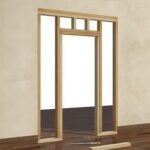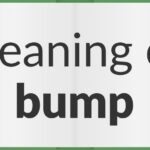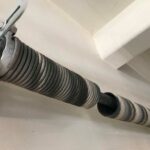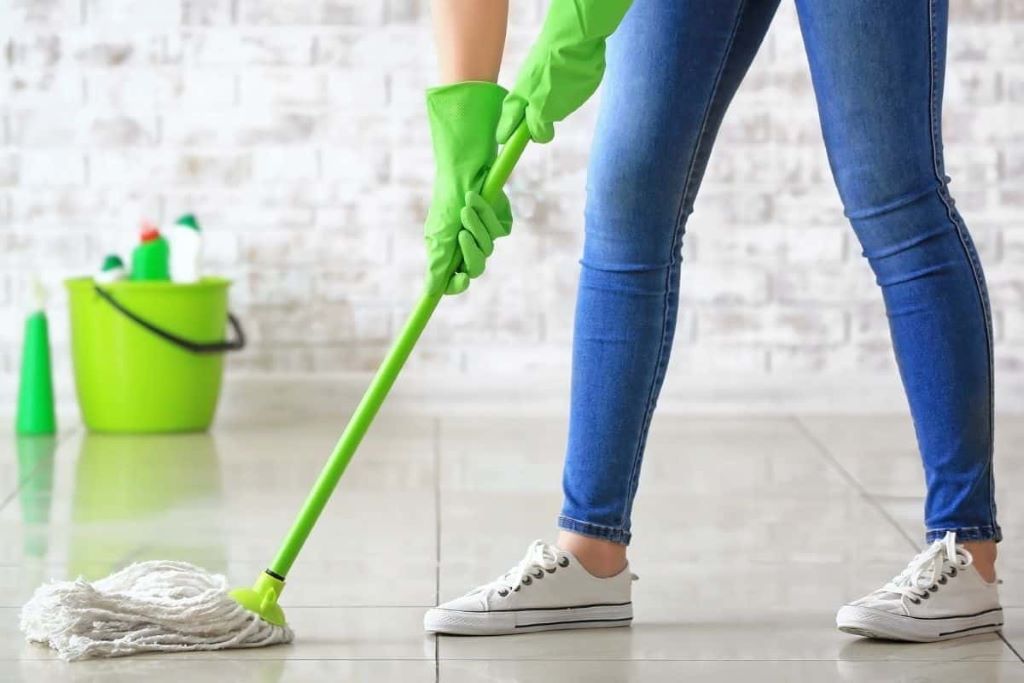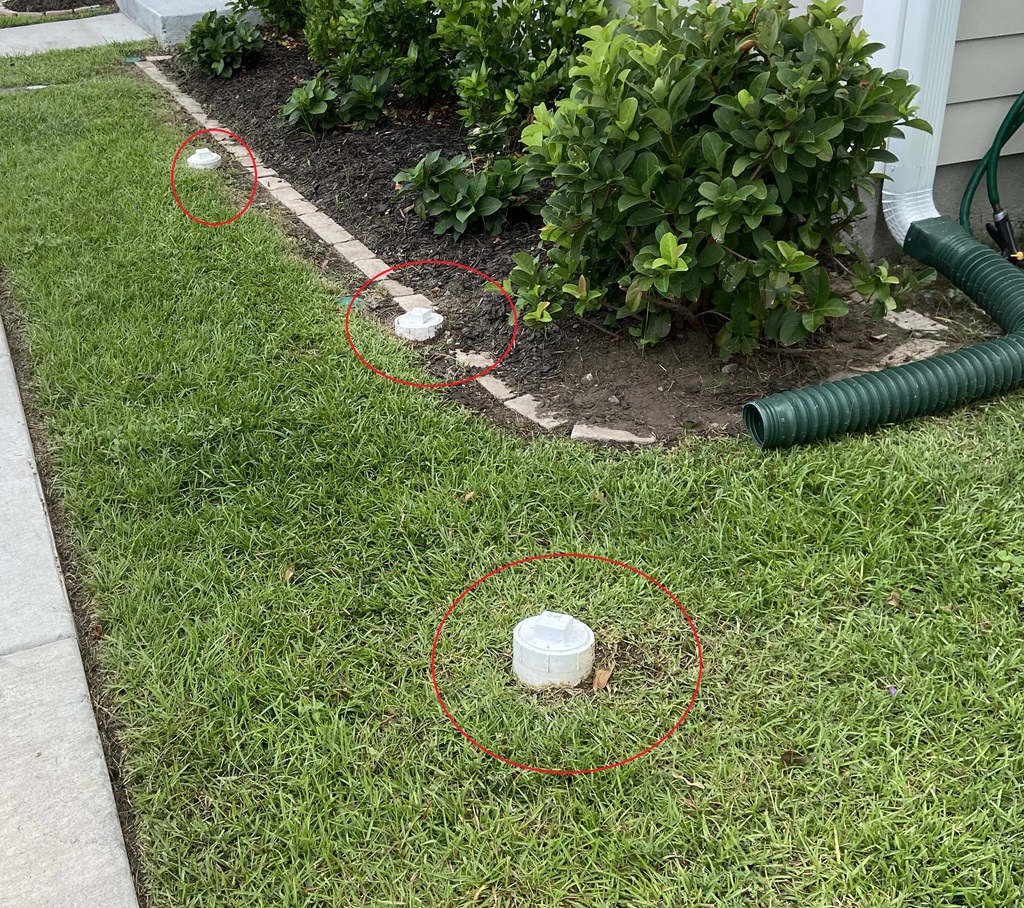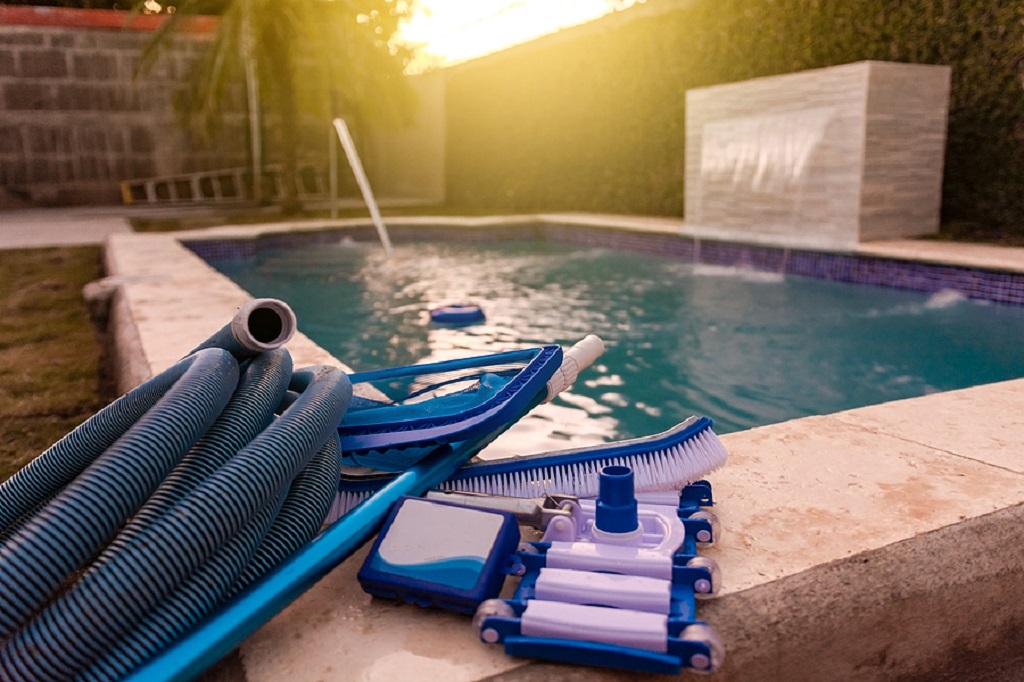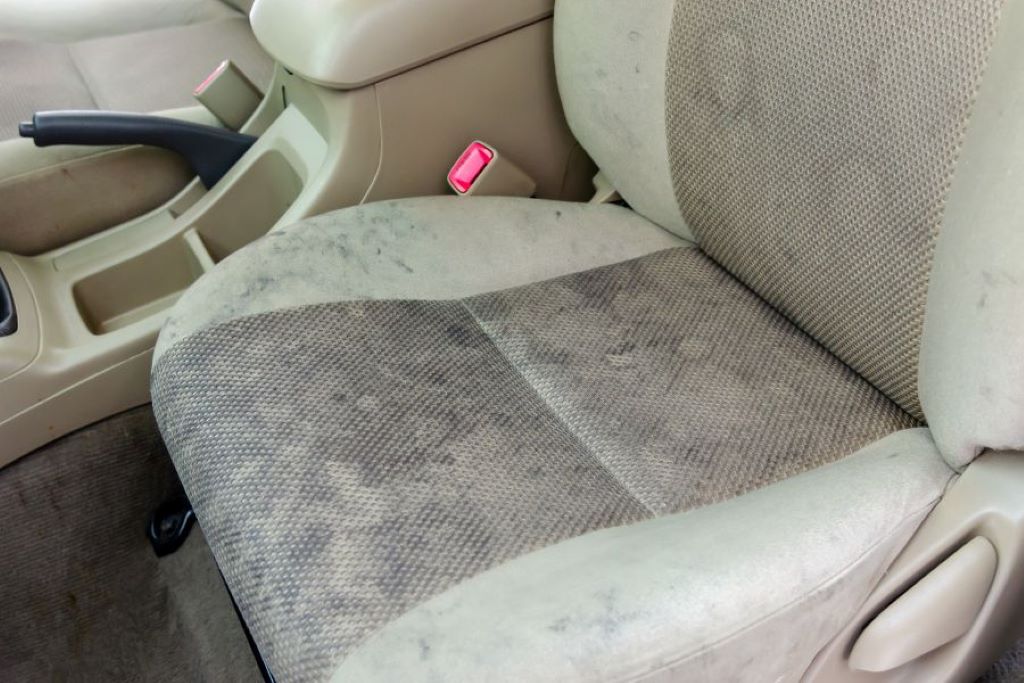Mopping floors is an important part of keeping your home clean and hygienic. However, with so many different mops and cleaning solutions available, it can be confusing to know what is effective for mopping floors. This article will discuss the best practices for mopping floors, including the different types of mops, which cleaning solutions work best, and tips for getting your floors sparkling clean.
Types of Mops
There are several main types of mops to choose from when mopping floors:

Sponge Mops
Sponge mops, known for their commonality and affordability, typically feature a rectangular sponge head affixed to a pole. This design allows the sponge to efficiently absorb cleaning solutions and water, facilitating the removal of dirt and grime from floors. However, no matter how much I mop the floor, it’s still dirty, indicating that some challenges may persist despite the convenience and widespread use of sponge mops.
Pros:
- Inexpensive
- Easy to find
- Disposable sponge heads available
Cons:
- Can scratch delicate floors
- Sponge heads need frequent replacing
- Not great for scrubbing tough stains
Microfiber Mops
Microfiber mop heads are made from extremely fine synthetic microfibers that attract dust and dirt. The microfibers are often attached to a reusable pad that clasps to a mop pole.
Pros:
- Great at attracting dust and dirt
- Reusable microfiber pads last a long time
- Pads are machine washable
- Good for light scrubbing
Cons:
- Not for heavy-duty scrubbing
- Pads need occasional replacing
- More expensive than sponge mops
Spin Mops
Spin mops have a flat mop head made of fabric or microfiber attached to a pole with a built-in wringer. After mopping, you twist the pole to wring out excess water from the mop head so it’s not overly wet.
Pros:
- Wringer allows thorough water removal
- Great for scrubbing floors
- Reusable mop heads available
Cons:
- Moving parts mean more possibility of breakage
- Initial investment more than basic mops
Steam Mops
Steam mops use the power of steam to sanitize and clean floors. The steam loosens and lifts dirt. Many also have scrubbing pads.
Pros:
- Sanitizes floors
- Loosens stuck-on grime
- No need for cleaning chemicals
Cons:
- Can leave floors damp if not careful
- Not as effective for dried, caked-on stains
- More expensive than other mops
Robotic Mops
Robotic mops clean floors on their own with minimal effort. They roam around the floor spraying cleaning fluid, scrubbing, and vacuuming up dirty water.
Pros:
- Very convenient, hands-free cleaning
- Gets into tough-to-reach areas
- Can provide thorough scrubs with little work
Cons:
- Very expensive
- Still needs some supervision during cleaning
- Can have software/mechanical issues
Cleaning Solutions

The cleaning solution you use is just as important as the mop itself. Look for solutions that will dissolve and lift dirt but won’t leave a residue or harm floors.
Water
For many floors, plain water is sufficient for mopping up dust and dirt. Ensure the water is cool or lukewarm, not hot. Change the water frequently as it picks up grime.
Pros:
- Won’t leave chemical residue
- Safe for most flooring
- Inexpensive
Cons:
- May need scrubbing to remove stuck-on messes
- Can leave floors streaky
Vinegar
Mixing white vinegar with water helps lift dirt without harsh chemicals. Use 1 part vinegar to 3 parts cool water. The acid in vinegar helps cut grease and dissolve grime.
Pros:
- All-natural degreasing
- Removes some stains and hard water deposits
- Safe for most surfaces
- Non-toxic
Cons:
- Strong vinegar odor
- May need added scrubbing power
Dish Soap
Adding a small amount of mild dish soap like blue Dawn to water can help lift soil. Use sparingly as too much soap can leave a film.
Pros:
- Helps dissolve oily grime
- Mild on floors
- Common household item
Cons:
- Wrong soap can damage floors
- Can leave soapy film if overused
Commercial Floor Cleaners
Look for commercial cleaners made specifically for floors. Seek plant-based, non-toxic products without harsh chemicals like bleach.
Pros:
- Formulated to clean floors
- Offer disinfectant properties
- Often leave a shine
Cons:
- Can be expensive
- May contain toxic ingredients
- Can leave slippery residue
Baking Soda
For tougher stains, make a paste of baking soda and water. The mild abrasiveness lifts dirt without scratching. Rinse thoroughly after scrubbing.
Pros:
- Non-toxic and inexpensive
- Safe for most flooring
- Helps remove stained areas
Cons:
- Need to scrub to be effective
- Can leave a powdery residue
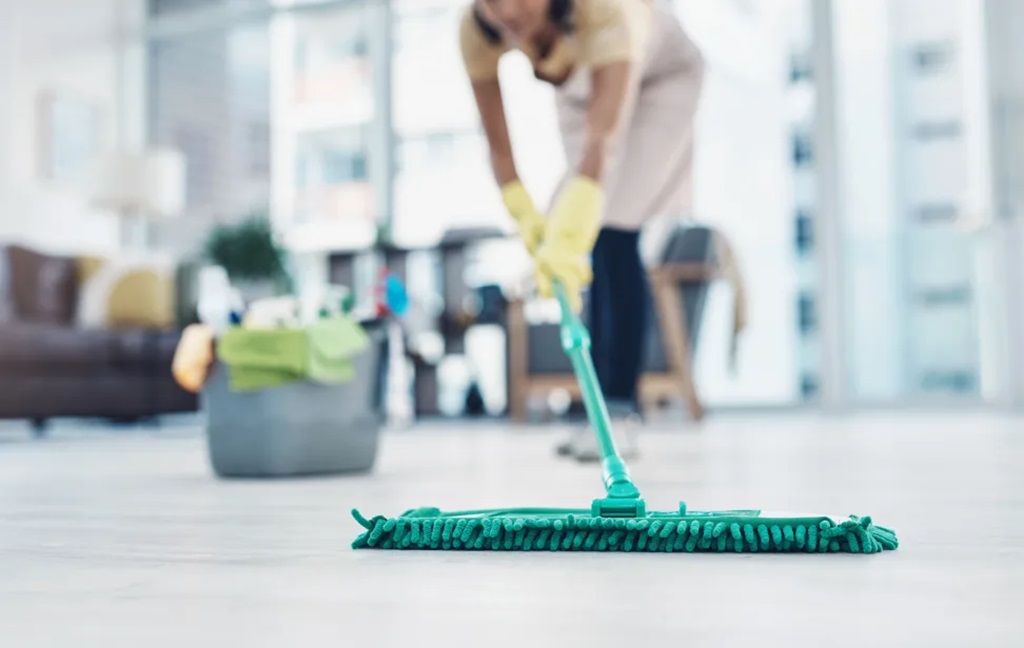
Tips for Getting Floors Clean
Follow these tips while mopping to get your floors truly clean:
- Sweep or vacuum floors first to remove loose dirt and debris before mopping. This prevents spreading grime around.
- Use two buckets – one for clean water and soap, and one for dirty water. Frequently change the dirty water to prevent redepositing grime.
- Work in sections, mopping from the farthest corner back towards the exit. This avoids stepping on wet floors.
- For stuck-on messes, let cleaning solution sit for a few minutes to dissolve grime before scrubbing and mopping up.
- When finished, run a dry mop over floors to absorb leftover moisture. Avoid leaving floors overly wet.
- After mopping, allow floors 30 minutes or more to fully dry before walking on them. This prevents slippery accidents and allows floors to shine.
- Invest in extra mop heads. Rotate and replace them frequently so they stay absorbent and effective.
- Launder microfiber mop heads between uses according to the manufacturer’s directions. This keeps them free of bacteria and dirt buildup.
- For tough stains, use a scrub brush before mopping to help lift grime from grout lines and textured floors.
- In entryways and high-traffic areas, mop more frequently to prevent built-up dirt that’s harder to remove.
- Don’t over-wet floors or use excess cleaning solution. Too much moisture can damage many flooring materials over time.
Conclusion
Mopping floors effectively starts with having the right tools – a quality mop paired with an appropriate cleaning solution. Take time to sweep or vacuum first, mop in organized sections, frequently change dirty water, and ensure floors dry completely when finished. Investing in a professional pool cleaning service may prompt the question, how much is pool cleaning service? However, the small amount of extra effort to maintain a sparkling pool pays off just like regular mopping does for gleaming floors, ensuring that your aquatic oasis remains impeccably clean and inviting.
FAQs
What is the best way to mop hardwood floors?
Use a barely damp microfiber mop and either plain water or diluted vinegar solution. Too much water can damage hardwood. Always wipe up excess moisture.
How do you sanitize floors while mopping?
Add 1/4 cup bleach or pine oil cleanser to the wash water. Steam mops also sanitize floors using only tap water.
How often should you mop floors?
High traffic areas like kitchens may need mopping daily or a few times a week. Low traffic areas can be mopped weekly or biweekly. More frequent quick mops are better than infrequent deep cleans.
What’s the correct ratio of vinegar to water for mopping?
Mix 1 part vinegar to 3 parts cool water. More than 1 part vinegar can be too acidic for some surfaces. Always spot test diluted vinegar before mopping the entire floor.
Should you sweep or vacuum first before mopping?
Yes, always sweep or vacuum before mopping. This removes loose dirt and debris so it doesn’t get spread around by the mop. Start with a clean floor for the best results.



